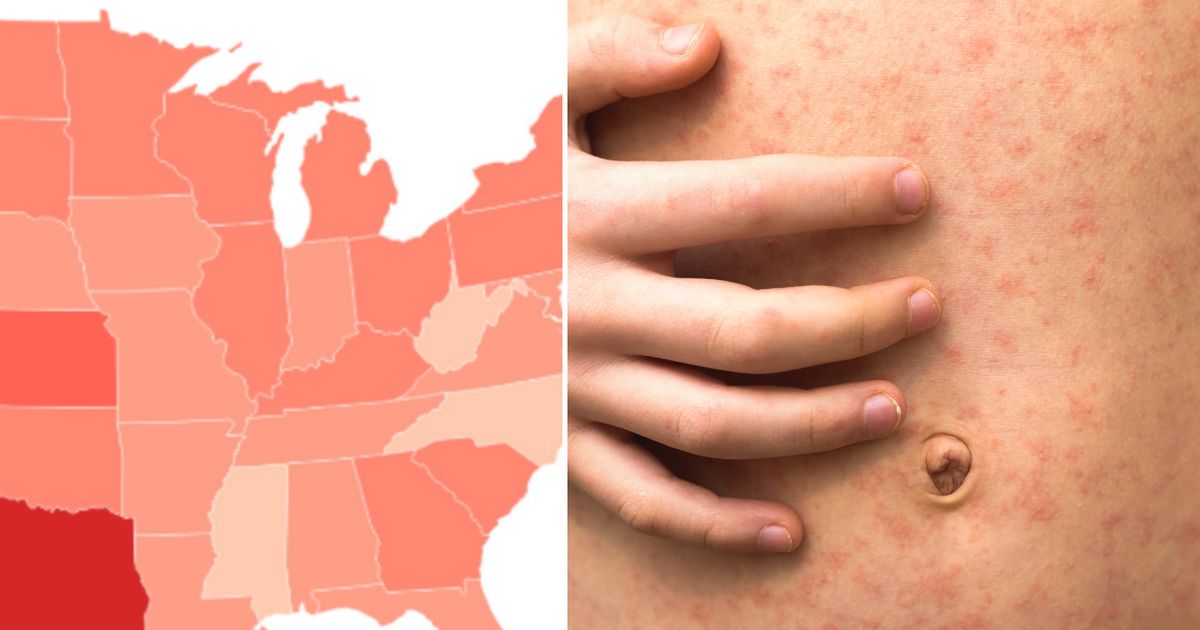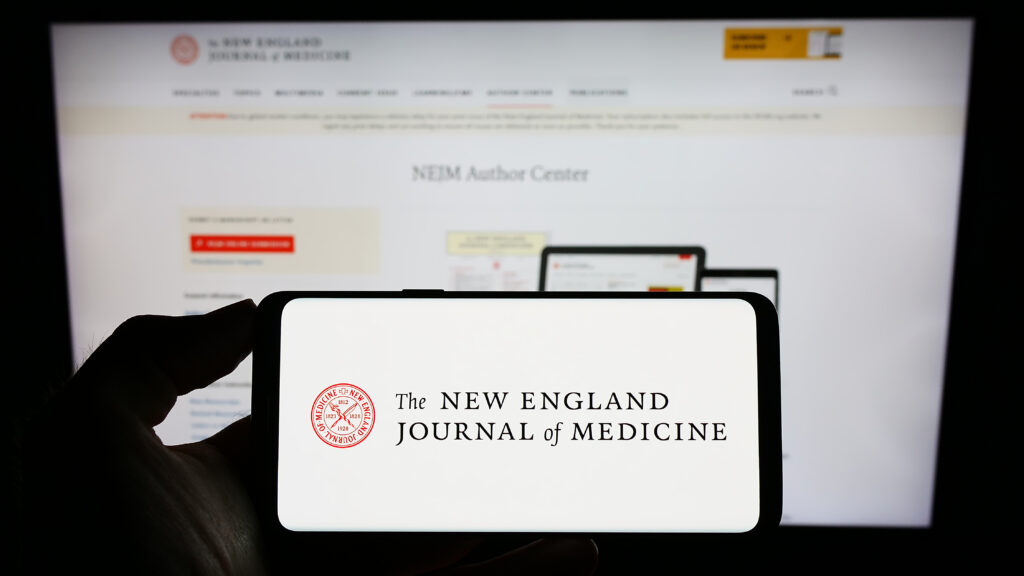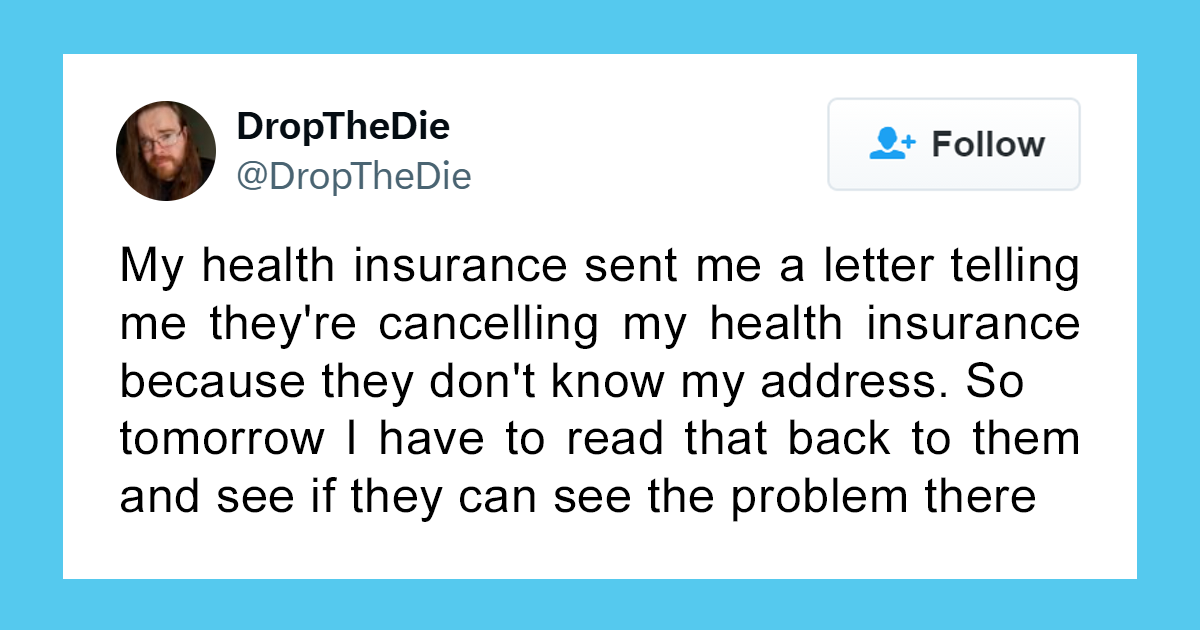In the latest bid to plug gaps in the federal government’s public health infrastructure, two institutions are coming together to create an alternative to the Centers for Disease Control and Prevention’s vaunted Morbidity and Mortality Weekly Report — often called “the voice of the CDC.”
The New England Journal of Medicine and the Center for Infectious Disease Research and Policy will begin publishing “public health alerts” in the coming month, CIDRAP Director Michael Osterholm announced at the IDWeek conference on Sunday.
The alerts “will basically serve to be a way to convey the information that once was shared in the MMWR with all of us in a very timely way,” he said at the opening plenary of the conference of infectious disease specialists, according to a recording shared with STAT. “We encourage all of you to begin thinking about submissions of outbreaks or data you think should be evaluated. So, I hope you’ll help participate in that.”
A spokesperson for NEJM said the alerts would be published in a new section of its NEJM Evidence journal as needed — as opposed to being published on a weekly basis — and be made available for free. “In the coming weeks, we will be sharing more information on a new, rapid digital alert to disseminate essential data on disease outbreaks and other issues of public health importance,” created in partnership with CIDRAP, she added.
The MMWR has been published weekly since 1952 and has become part of the bedrock of public health; historically it’s been where details of new outbreaks and emerging diseases are first reported. But many public health practitioners’ trust in the publication has been shaken. In the earliest days of the Trump administration, new articles could not be published because of a communications pause, making it the first time in the journal’s history that it missed publishing a new edition. Weekly editions have been paused again during the government shutdown, and earlier this month, much of the team behind the journal was laid off before being reinstated hours later.
Charlotte Kent, the journal’s former editor-in-chief, left the agency in February. She previously told STAT that administration officials were pressuring the journal to change the way it reports information.
A spokesperson for the Department of Health and Human Services told STAT the agency “is committed to the MMWR as the nation’s trusted, science-driven source for timely and accurate health information.”
CIDRAP has begun taking on tasks that have generally been done by the federal government. In April, the center created the Vaccine Integrity Project, which has put out parallel vaccine recommendations to the CDC’s Advisory Committee on Immunization Practices, which was reconstituted by health secretary Robert F. Kennedy Jr. in June. Several professional societies, including the American Academy of Pediatrics, have adopted the Vaccine Integrity Project’s recommendations.
This week, Osterholm said more is to come from CIDRAP as it aims to shore up public health infrastructure at a moment when political support is scarce. His center, he said, turned to private foundations to secure funding for eight graduate students.
“We all understand it’s hard to do anything without resources. I am here tonight to actually report to you that there are a series of activities ongoing, and I’m involved with several of them, where more than 65 foundations are going to be pooling their resources to give out in a way to protect science,” he said at the conference. “This is a very critical time that the philanthropic world has to take a very different look at what they do and how they do it. It can’t be business as usual. … Tonight I am happy to report to you we will be following up with you in the near future not just with words but with dollars.”
Correction: This story has been updated to say that the public health alerts will be published in a new section of NEJM Evidence.
First Appeared on
Source link












